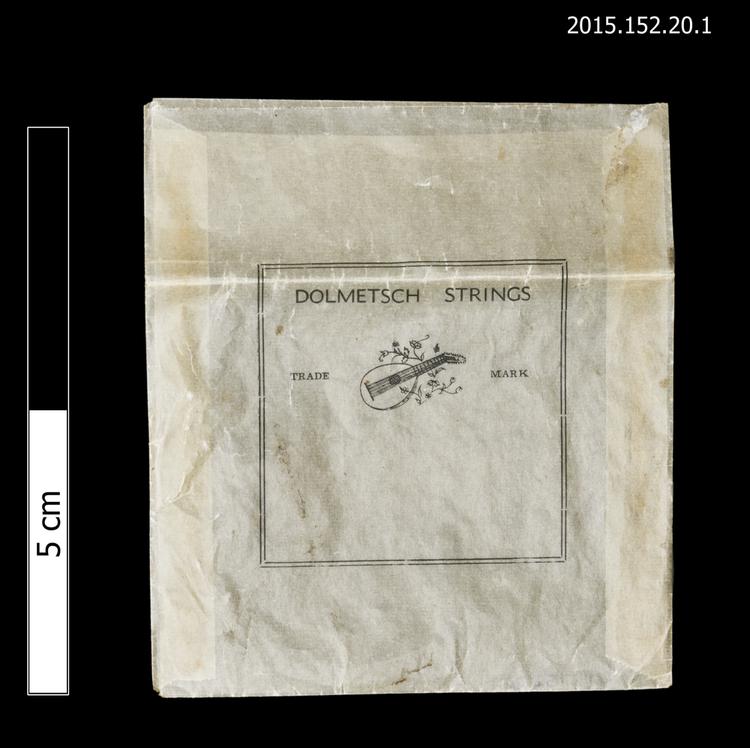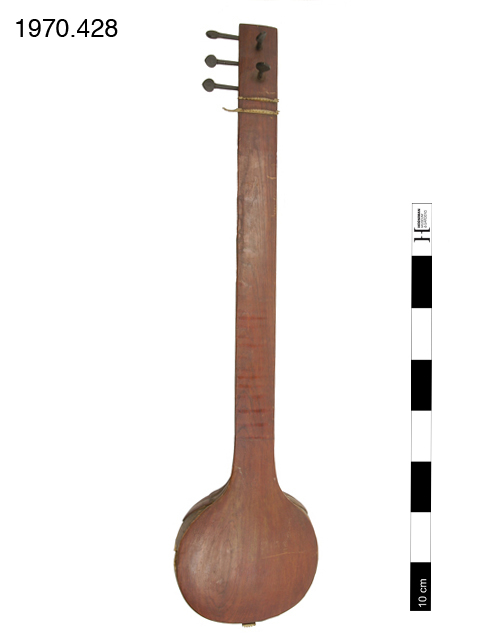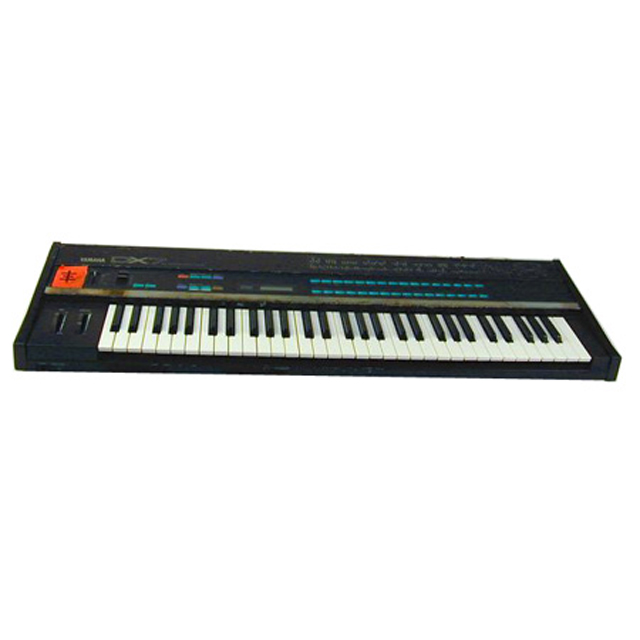
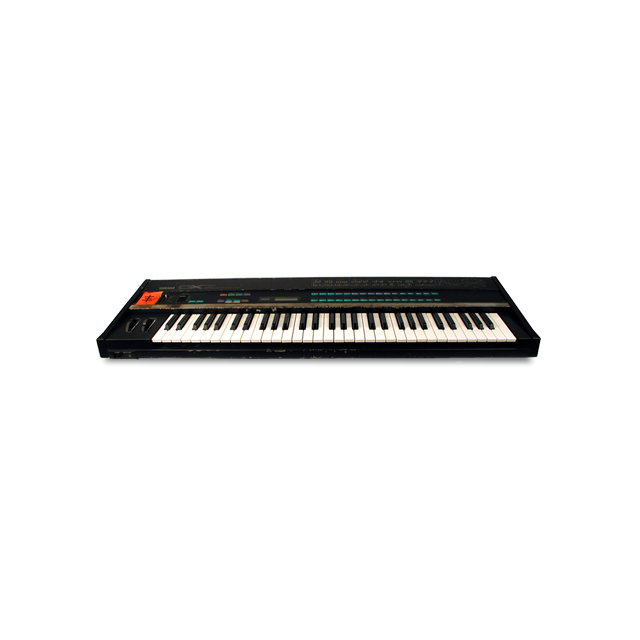
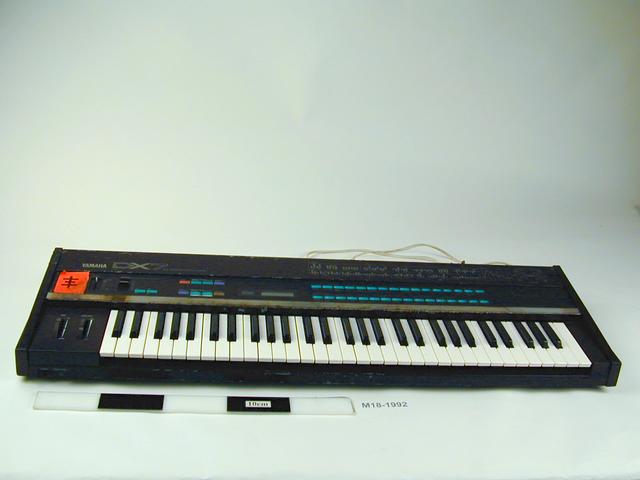
Digital synthesiser model DX7. Sixty one key keyboard with pitch bend and modulation wheels to the right. Control panel above keyboard consists of 42 buttons (of which 32 are green parameter select patch buttons), two slider controls (for data entry and volume), an LCD display and an LED display. On the right side of the control panel is a rectangular voice cartridge socket. Two sockets at the front left of the keyboard connect to headphones and to a breath control unit (M18b-1992). Interface on back of keyboard consists of three MIDI sockets, four pedal input sockets, a line out socket and a power switch. Painted logo at top left of control panel reads: YAMAHA DX7 DIGITAL PROGRAMMABLE ALGORHYTHM SYNTHESIZER.
The DX7 was a digital FM synthesiser manufactured by the Yamaha Corporation from 1983 to 1986. It was the first commercially successful digital synthesiser, and was used in much popular music of the 1980s. This success had much to do with the precision and flexibility of its digital sounds, which were a real step up from those of its analogue predecessors. The DX range of Yamaha synthesisers have four digital channels per note and are capable of creating complex wave forms, giving a sound closer to acoustic instruments than earlier models.




